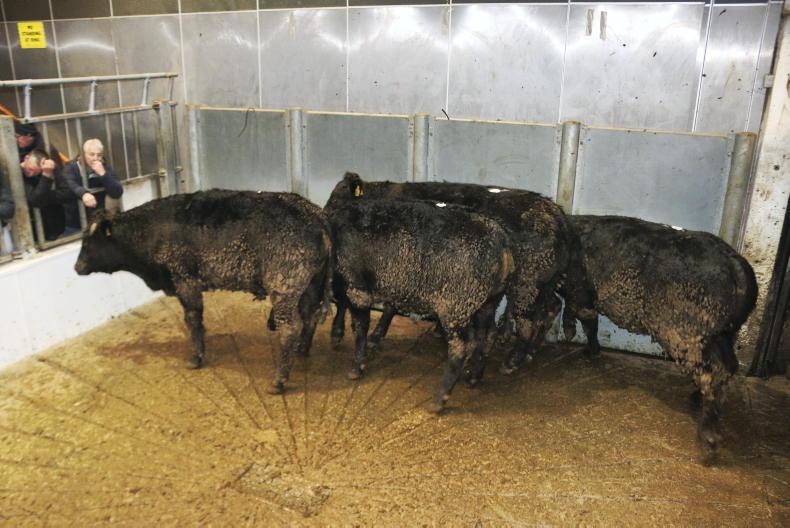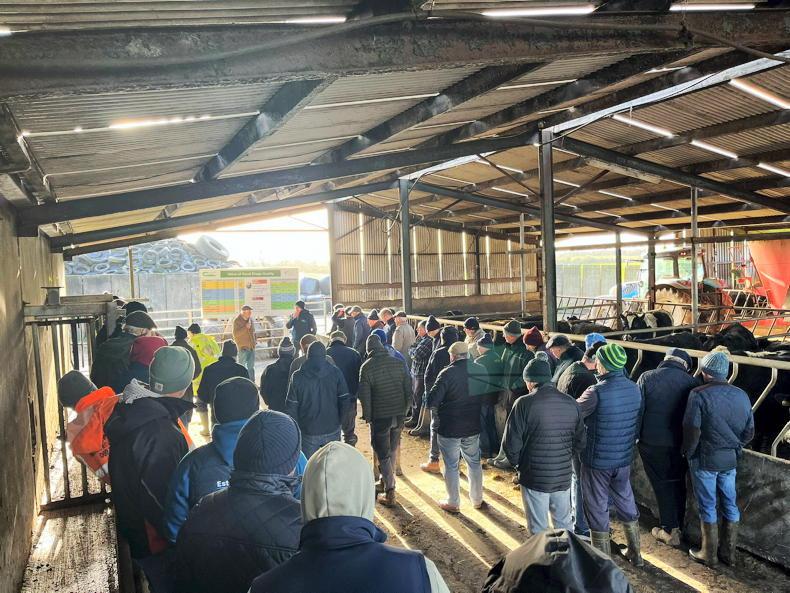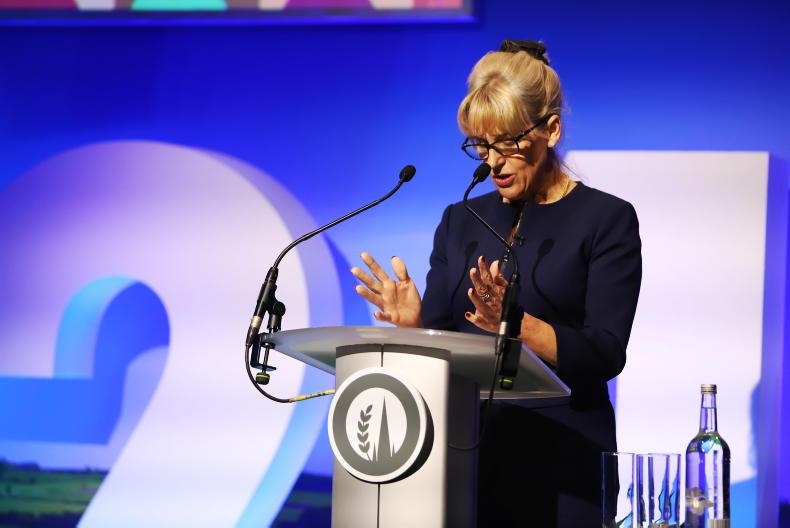Dairy-beef is often viewed as a by-product of the dairy industry. However, recent research and experience from commercial dairy-beef farms has highlighted the opportunity that exists to produce highly profitable and environmentally sustainable beef from a predominantly grass-based diet at early slaughter ages.
The number of dairy-beef animals has increased in recent years, accounting for over 58% of prime cattle processed in Irish meat plants in 2023.
In 2023, beef calf registrations from the dairy herd surpassed that of dairy-sired calves, as a result of reduced dairy herd expansion and the uptake of sexed semen technology.
Since 2010, the slaughter age of beef x dairy steers has reduced by over three months to approximately 27 months, yet overall carcase specification (weight, conformation and fat) has been maintained.
However, with the current policy ambition to reduce slaughter age by a further 3-3.5 months across all beef cattle, a greater research focus is now placed on the role of animal genetics and grass-based nutrition in reducing slaughter age in a profitable fashion from dairy-beef systems.
There are now more tools available to farmers to help drive further efficiency, which include the use of sexed semen, ie substituting low value dairy males for high carcase merit beef cross calves.
Over the past two breeding seasons, the use of sexed semen has grown, and is found to be 95% as effective as conventional semen on commercial farms.
It results in 90% heifer calves, meaning fewer cows are needed to generate dairy replacements.
This is complimented by use of the Dairy Beef Index (DBI), which can identify high carcase merit beef sires for use in the dairy herd.
Using the Commercial Beef Value (CBV), beef farmers can identify high beef merit calves, taking into account both the sire and dams genetics.
Recent research conducted at Teagasc Grange and Teagasc Johnstown Castle has explored the potential of increasing the profitability of both steer and heifer progeny from the dairy herd.
Teagasc Grange study
In Teagasc Grange, progeny from dairy cows using Holstein Friesian (HF; high EBI), high DBI beef sub-index Angus (AA) (€107) and low DBI beef sub-index AA (€65) sires were evaluated.
The contribution of these different genetic groups was assessed on a complete farm system basis. Both AA groups had the same overall DBI index (~€120), but contrasting beef sub-index.
Across similar dairy cows, the sire groups produced progeny of contrasting beef merit as indicated by CBV, with HF animals having a CBV of -€1, while AA sired animals had a CBV of €95 and €61, respectively, for high and low beef merit AA sub-index groups.
Table 1 outlines the animal and financial performance of the three progeny groups. The high CBV AA steers were €138 and €85 per animal and €540 and €224 per hectare more profitable than the HF and low CBV AA steers, respectively.
The higher profitability of high CBV AA relative to HF was associated with younger slaughter ages (2.8 months younger), higher live weight gain (0.91 vs 0.82 kg/day), reduced finishing days (64 days less) and better conformation.
The higher profitability of high CBV AA relative to the low CBV AA progeny was associated with higher carcase weight (18 kg) and better conformation.
Due to the earlier slaughter age and lower concentrate inputs, both AA sired groups had lower GHG emissions per kg of carcase produced than the HF steers (11.7 vs 14.0 kg co2e/kg carcase).
Johnstown Castle study
At Teagasc Johnstown Castle, the contribution of pasture type (perennial ryegrass-only, perennial ryegrass plus red and white clover and multi-species pasture, that included perennial ryegrass, red and white clover, plantain and chicory) have been evaluated within an early-maturing beef heifer system (standard beef merit animals).
The perennial ryegrass pasture received 150 kg of chemical N annually, double that of perennial ryegrass plus red and white clover and multi-species pasture types.
Table 2 outlines the animal and financial performance of early-maturing dairy-beef heifers produced from each of the three pastures types.
The perennial ryegrass plus red and white clover system was €76 and €26 per animal, and €284 and €67 per hectare more profitable than the perennial ryegrass only and multi-species pastures, respectively.
The perennial ryegrass plus red and white clover system was the most profitable because of the increased carcase weight and lower chemical nitrogen input.
Additionally this study showed that these systems can produce high carcase output/ha (~933 kg) because of reduced slaughter ages and lower silage requirements, due to the elimination or shortening of a second winter indoors.
New research is exploring the role of these pasture types under high carcase merit early maturing (Angus and Hereford) and late maturing (Limousin and Belgian Blue) heifer genotypes, slaughtered at a range of ages/finishing strategies.
Conclusion
To harness the potential from dairy-beef, there is a need to improve the beef genetic merit of the calf crop. This will be achieved through greater use of sexed semen and use of high DBI AI genetics, to produce high CBV calves.
High beef merit sires have the best chance of producing an in-spec carcase, especially at younger ages, and will result in higher profit potential and no additional cost to dairy farmers using the DBI. Animal genetics create potential, but it is in how systems and animals are managed that you realise that potential.
From this research, the contribution of excellent pasture management and legume incorporation in system optimisation is clearly evident in terms of maximising output from fewer inputs.
Dairy-beef animals are capable of moderate carcase weights, but have the ability to be finished at young ages and from a predominately grass-based diet and support high carcase output/ha.










SHARING OPTIONS